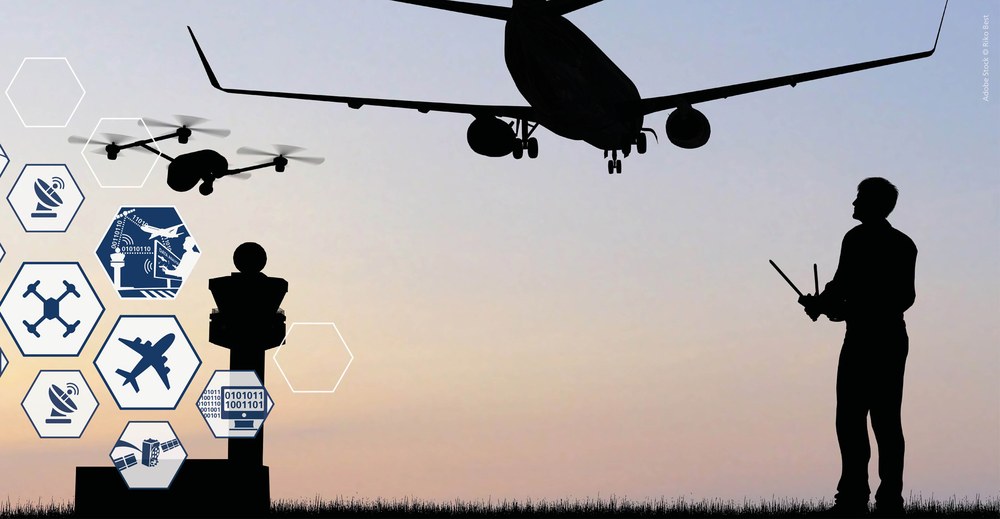ULMOST
The aim of the project is to design and build different types of GNSS monitoring stations (e.g. ultra mobile, mobile and fixed) and to configure them according to the requirements of the customer "airport" or other possible candidates.
The local setup
Increasing the safety and reliability of satellite navigation is an essential point that is playing an increasingly decisive role in numerous applications. This is particularly true in aviation, where only GNSS-based guidance systems are envisioned to be used in the future to enable safe landings, especially in regions with weak infrastructure. Airports therefore require analyses of the signal quality and performance of GNSS systems under various operational scenarios in near real time in order to remain capable of making decisions. For this purpose, various GNSS monitoring stations are to be developed which can be configured according to the operator's requirements and operated on site at the various customers (e.g. at an airport). Signal quality and performance will be analysed primarily at a central location, which will process local GNS system information as well as data obtained worldwide in order to obtain the best possible quality statement for the specific location. This will make it possible to predict effects on local GNSS availability and performance with sufficient probability.
Various prototypes
Within the project, different prototypes of GNSS monitoring stations will be analysed and developed. The first prototype is a version of a mobile GNSS monitoring station in the form of a trailer. Due to the design of this prototype, several GNSS receivers from different manufacturers can be installed to analyse the influence of the receiver technology used. Another prototype is a small mobile version, which can work autonomously in a small closed rack, transport case or as a rucksack.


